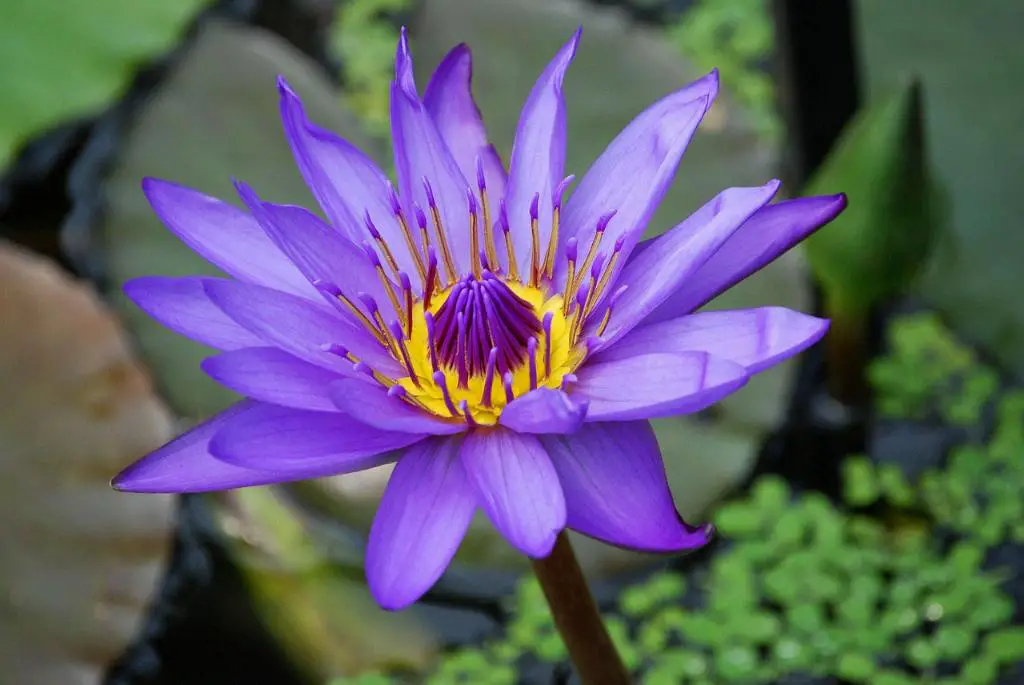When it comes to lily plants, knowing how to properly trim them can make a significant difference in their overall health and appearance. Trimming lilies at the right time and in the right way can help promote new growth, prevent disease, and enhance the beauty of your garden.
Choosing the Right Time
Timing is crucial when it comes to trimming lily plants. It is best to trim lilies in the late summer or early fall, after the blooming season has ended. This allows the plant to focus its energy on storing nutrients in the bulbs for the following year.
Preparing for Trimming
Before you begin trimming your lily plants, make sure to gather the necessary tools, including a sharp pair of garden shears or pruners. It is also a good idea to wear gardening gloves to protect your hands from thorns and irritants.
Trimming the Stems
Start by trimming any dead or yellowing stems from the lily plant. Using your shears, carefully cut these stems back to the base of the plant. Removing dead or dying stems will help encourage new growth and prevent the spread of disease.
Removing Faded Flowers
As lily flowers begin to fade, it is important to remove them to prevent the plant from wasting energy on seed production. Deadheading lilies involves cutting off the faded flowers just below the base of the bloom. This process encourages the plant to produce more flowers.
Dealing with Anthers and Staining
When trimming lilies, it is essential to remove the anthers to prevent staining. Anthers are the pollen-producing parts of the flower that can leave unsightly stains on clothing and furniture. Carefully snip out the anthers before bringing lilies indoors to enjoy their beauty.
Pruning Lily Leaves
While it may be tempting to trim lily leaves for a neater appearance, it is important to avoid excessive pruning. Lily leaves play a crucial role in photosynthesis and storing nutrients in the bulbs. Only trim yellow or damaged leaves to promote overall plant health.
Supporting Lily Stems
If your lily plants are tall or prone to bending, consider providing support for the stems to prevent them from breaking. Use stakes or garden twine to gently tie the stems to keep them upright and enhance the plant’s aesthetic appeal.
Watering After Trimming
After trimming your lily plants, be sure to water them deeply to help them recover from the pruning process. Adequate water is essential for promoting new growth and ensuring the health and vitality of your lilies.
Monitoring Plant Progress
Keep a close eye on your lily plants after trimming to monitor their progress and overall health. Watch for signs of new growth, such as sprouting stems and leaves, which indicate that the plant is responding well to the trimming process.
Enjoying the Results
With proper trimming and care, your lily plants are sure to thrive and reward you with vibrant blooms season after season. Take the time to trim your lilies thoughtfully and enjoy the beauty they bring to your garden.

